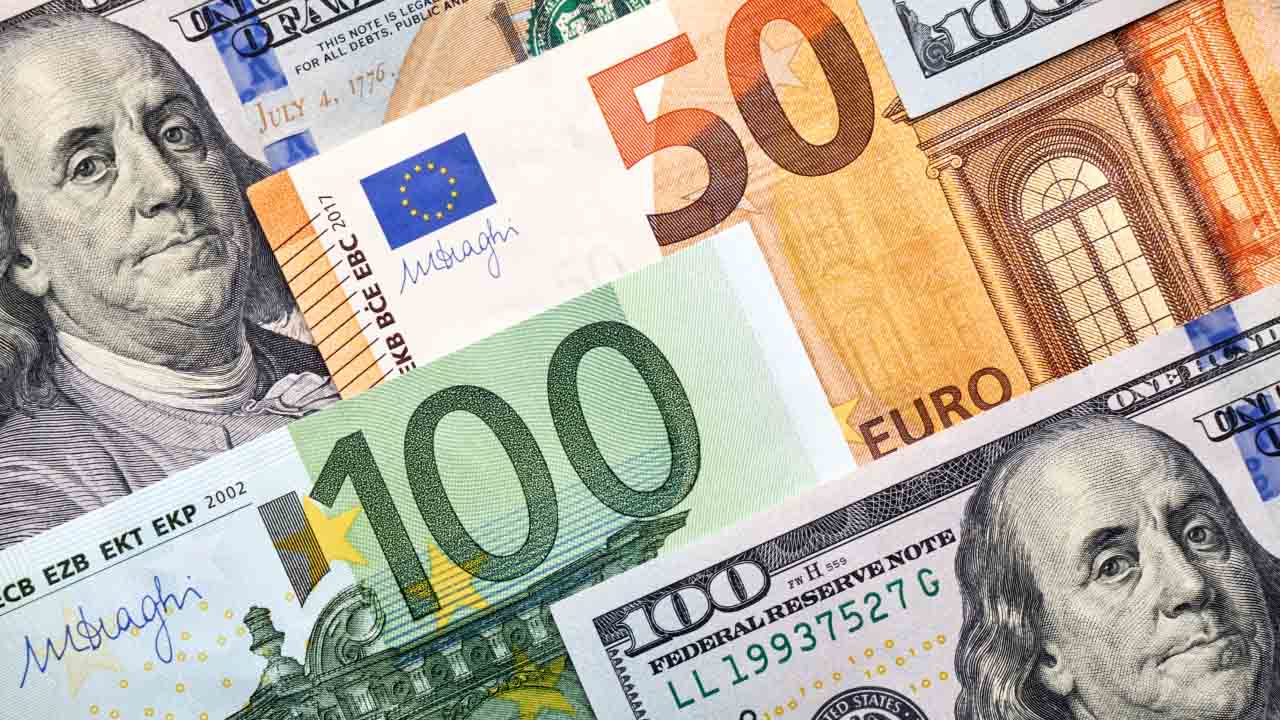Learning seasonal market patterns for the EUR/USD (Euro/US Dollar) currency pair is crucial for traders as it provides valuable insights into recurring EUR/USD trends and behaviors that occur at specific times of the year. These patterns are influenced by economic, geopolitical, and seasonal factors, and they help in predicting potential price movement.
Let us dive deeper into the seasonal market patterns for EUR/USD.
What is EUR/USD seasonal trading?
EUR/USD seasonal trading refers to the practice of analyzing and leveraging historical seasonal patterns and trends in the EUR/USD currency pair to make trading decisions. Traders and investors study how the exchange rate between the Euro and the US Dollar has behaved during specific times of the year in the past, identifying recurring patterns that may be influenced by factors such as economic indicators, market sentiment, and geopolitical events. By recognizing these seasonal trends, traders aim to predict potential price movements and adjust their trading strategies accordingly.
For instance, if there is a historical tendency for the Euro to strengthen against the US Dollar during a certain period each year, like when the ECB generates a positive policy report, traders might consider going long on the EUR/USD pair during that time.
*This is an example only to enhance a consumer's understanding of the above content and is not to be taken as Blueberry. providing personal advice
Conversely, if a pattern suggests a historical weakening of the Euro, traders might consider short positions. Seasonal trading can be used in conjunction with other forms of analysis and risk management techniques to enhance the probability of successful trades in the forex market.
Seasonal patterns for EUR/USD
January effect
The January effect on EUR/USD exhibits weakness during the initial months of the year, especially in January. This phenomenon can be influenced by a variety of factors. After the holiday season, market participants might adjust their positions and portfolios, potentially leading to increased selling pressure on the Euro. Traders might be locking in gains from the previous year or making strategic moves based on anticipated economic trends for the new year. Moreover, there can be lower trading volumes and reduced market activity during the first weeks of January as investors gradually return to the market after the holiday period.

Summer low
During the summer months, particularly in July and August, the forex market as a whole tends to experience lower trading volumes and reduced volatility. This is often referred to as the ‘summer lull.’ Many traders and market participants take vacations during this time, leading to decreased participation and potentially less impactful news releases.
As a result, price movements in the EUR/USD pair can become more muted and less predictable. Traders might encounter thinner order books, which can sometimes lead to exaggerated price swings if unexpected news does arise.
Year-end reversal
Toward the end of the year, specifically in November, the EUR/USD pair might reach a bottom before demonstrating a relatively stronger performance in December. This trend could be attributed to various factors.
As the year approaches its end, investors and traders might reposition their portfolios, leading to adjustments in their currency holdings. Additionally, some institutional investors and funds might seek to enhance their performance for the year's final reporting, potentially driving price movements. The holiday season and reduced trading activity might also influence market dynamics during this period.
Spring and fall strength
Seasonal strength is often observed in the EUR/USD pair during the months of March and April, as well as September. These months could be associated with the release of significant economic data, central bank meetings, and other events that impact market sentiment.
In March and April, traders might be reacting to fiscal policies, economic indicators, and central bank decisions after the quieter summer months. Similarly, September can see renewed trading activity as market participants return from vacations and reassess their strategies for the rest of the year.
Quarterly end moves
At the close of each quarter, particularly the last few days of March, June, September, and December, market participants might witness increased volatility and price movements. This phenomenon occurs as traders and investors make adjustments to their portfolios based on the end-of-quarter reporting requirements.
Additionally, large institutional investors and funds might engage in window dressing, which involves adjusting holdings to present a more favorable snapshot of their portfolios to stakeholders.
Holiday effects
Major holidays in the United States and Europe, such as Thanksgiving in November and Christmas in December can influence the EUR/USD pair. During these times, trading volumes tend to decrease as market participants take time off.
Reduced liquidity can lead to wider bid-ask spreads and potentially sharper price movements in response to news releases or unexpected events. Additionally, market sentiment can be influenced by holiday-related factors, including consumer spending and economic data releases.
Central bank meetings
The decisions and announcements made by the European Central Bank (ECB) and the US Federal Reserve (Fed) play a pivotal role in driving the direction of the EUR/USD pair. Both central banks hold regular meetings where they discuss monetary policy and potential interest rate changes.
Traders closely monitor these meetings and the accompanying statements for insights into future policy actions. Scheduled meeting dates are known in advance, allowing traders to prepare for potential market-moving events with respect to the EUR/USD.
Navigate EUR/USD shift in seasonal patterns
EUR/USD displays a mix of seasonal trends throughout the calendar year. These patterns vary yearly due to changing events and market dynamics. Traders should cautiously integrate these insights with comprehensive analysis for informed decision-making.
Disclaimer: All material published on our website is intended for informational purposes only and should not be considered personal advice or recommendation. As margin FX/CFDs are highly leveraged products, your gains and losses are magnified, and you could lose substantially more than your initial deposit. Investing in margin FX/CFDs does not give you any entitlements or rights to the underlying assets (e.g. the right to receive dividend payments). CFDs carry a high risk of investment loss.




